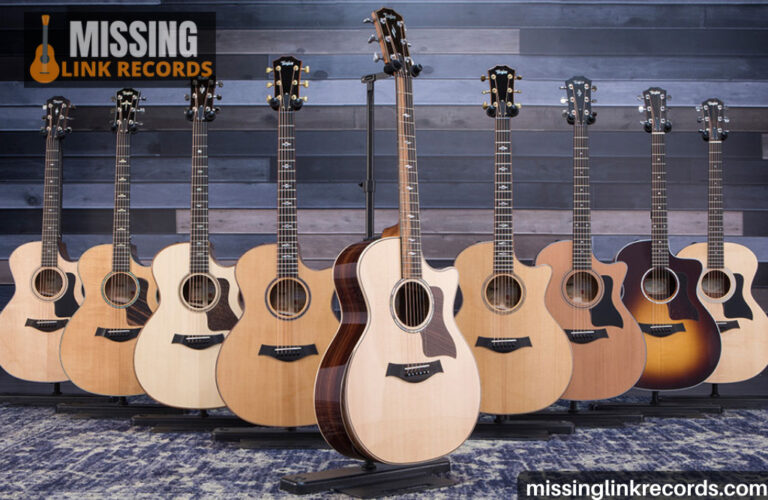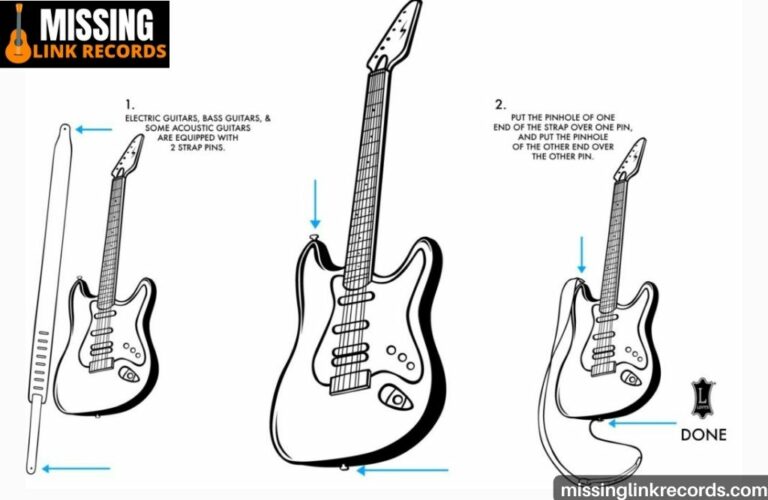How Trying New Instruments Stimulates Artistic Growth
Exploring artistic growth is a journey that focuses on evolution and discovery. You can broaden your creative landscape by venturing into trying new instruments. By embracing new sounds and tactile experiences, you can go out of your comfort zone and unlock new perspectives. In this post, we delve into how trying new instruments can serve as a catalyst for artistic growth. And if you’re an aspiring cellist, you’ll learn that mastering the cello is a worthwhile experience to start.
Benefits of Trying New Instruments
As a beginner cello player, you might ask yourself whether trying new instruments can give you something beneficial. The truth is, yes, you can reap something in this exploration.
Enhancing Creativity
Trying new instruments like the cello can expand your creativity. You can confront new sonic possibilities, unexplored textures, and unique tonal qualities in your chosen instrument. While you are exposed to unfamiliar sounds, your brain prompts new fresh ways to think. These challenges associated with a new instrument require creative problem-solving, which opens you to innovative compositions and a forward-thinking approach.
Improving Musical Expression
When you’re trying new instruments, it offers a unique chance to refine your musical expression on the instruments you play. You’ll practice different aspects of technique like finger placement, breath control, bowing techniques, etc. The good this here is that as you grapple with these challenges, you can create a heightened sense of physical and emotional connection to music. That is where you can improve your musical expression.
Finding the Right Instrument to Try
To stimulate artistic growth, you need to find the right instrument for you. You can do this by considering different factors, such as the following.
- Curiosity and interest
In picking a new instrument as a beginner cello player, you need to consider your curiosity and genuine interest. You can also reflect on what sound you imagine yourself playing or what intrigue you the most. It is important to choose an instrument that matches your musical preferences that can enhance your dedication and enthusiasm.
- Complementary skills
Complementary skills refer to your existing knowledge. It includes music theory, ear training, and technical proficiency. You can leverage your existing knowledge and use them to delve deeper into picking your instrument.
- Artistic goals
You need to define your artistic goals first and align them to the instrument that can achieve this. Do you want to expand your musical horizons, adopt new elements into your compositions, or enhance your versatility? Determining your objectives clearly can help you find the right instrument.
Exploring Different Playing Techniques
If you want to stimulate artistic growth, you need to explore diverse playing techniques in your instrument. For instance, the cello has different techniques like pizzicato, arco, double stops and chords, and more. Learning all these can help you become more innovative in your playing style, adding textures and more expressive sound.
Conclusion
Trying new instruments can stimulate artistic growth and can even go far from that. You can enhance your creativity and improve your musical expression by learning to play instruments. But before you can achieve these benefits, you need to pick the right instrument first and don’t be afraid to try different playing techniques.




